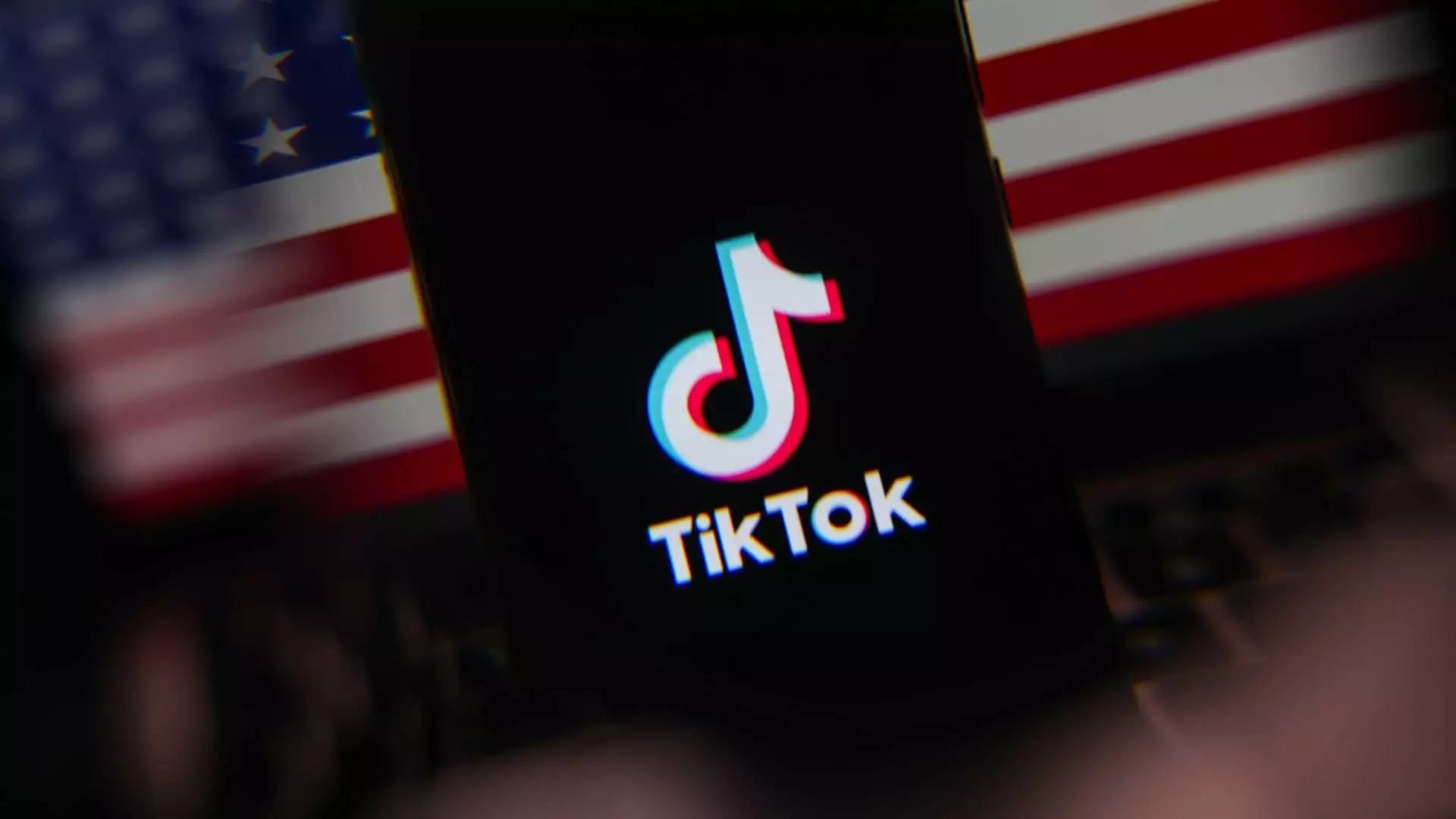TikTok’s reappearance on the Apple and Google app stores illustrates the precarious balance between technological innovation and national security. The social media giant, owned by the Chinese company ByteDance, had been removed from circulation on January 18 as the U.S. government ramped up its scrutiny over foreign applications. Just after the imposition of a national security law that necessitated ByteDance’s divestiture from its U.S. operations, the app faced potential extinction in America. However, the almost month-long hiatus only intensified public interest, raising questions about the future of international tech firms under the modern political lens.
At the heart of TikTok’s challenges lies a complex legal landscape intensified by the Protecting Americans from Foreign Adversary Controlled Applications Act. Former President Biden’s administration deemed ByteDance’s ownership as a significant threat, and a Supreme Court ruling underscored this sentiment, asserting the necessity for divestiture to ensure national security. Yet, TikTok remains undeterred, arguing that such actions infringe upon the First Amendment rights of its American audience exceeding 170 million users. The clash of ideologies—national security versus democratic freedoms—sparks an ongoing debate about technology’s place in modern society.
The political narrative surrounding TikTok shifted dramatically with the change in leadership in the White House. Donald Trump’s intervention marked a pivotal moment, as he chose to stall the enforcement of the ban, extending deadlines and proposing a substantial ownership stake for America in TikTok operations. This maneuver not only reflected Trump’s business-savvy approach but also highlighted the blurred lines between governance and corporate interests in the tech sphere. The hesitancy to outright ban TikTok also suggests a significant electoral consideration—recognizing the app’s massive popularity among younger demographics.
Despite the temporary removal, TikTok reported a remarkable recovery with approximately 90% of its traffic restored shortly thereafter. This resurgence raises discussions about consumer loyalty and the crux of modern digital interaction. How much influence does governmental regulation hold over user behavior when faced with a beloved platform? The ability of TikTok to bounce back in the marketplace demonstrates not only the app’s embedment in popular culture but also the resilience of user engagement amidst bureaucratic turmoil.
Looking forward, TikTok remains at a crossroads. The platform must navigate an ever-evolving regulatory landscape, balance user expectations with compliance demands, and address persistent national security apprehensions. The potential for continued legal challenges looms large, and as such, the company’s strategies for retaining its market share will need to adjust continually. Moreover, the dynamics of international relations will likely shape the app’s trajectory, compelling it to adapt to an increasingly scrutinized environment shaped by nationalism and technological skepticism.
As the dust settles on this latest chapter, TikTok’s saga serves as a cautionary tale and an emblem of modern technological discourse, reflective of broader societal trends where technology, governance, and pop culture intertwine.

